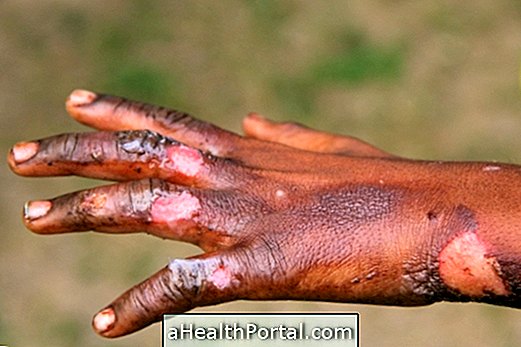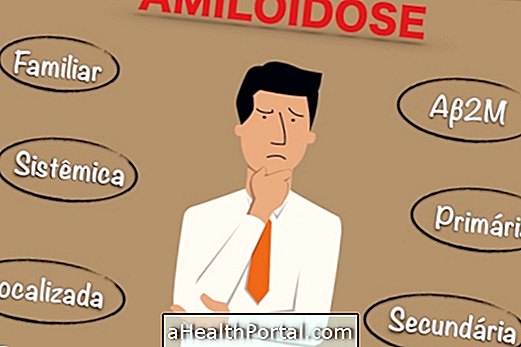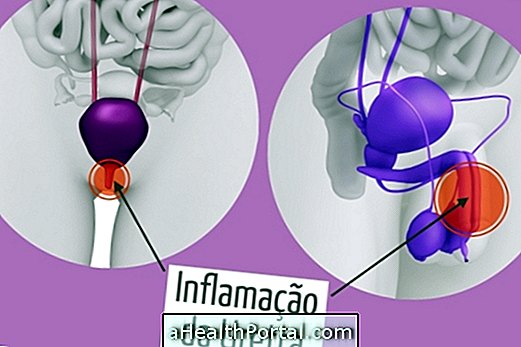The Williams-Beuren syndrome is a rare genetic disease whose main characteristics are very friendly, hyper-social and communicative behavior of the child, although it presents cardiac, coordination, balance, mental retardation and psychomotor problems.
This syndrome affects the production of elastin, influencing the elasticity of blood vessels, lungs, intestines and skin.
Children with this syndrome begin speaking at about 18 months, but they are easy to learn rhymes and songs and, in general, have a lot of musical sensitivity and good auditory memory. They often show fear when they hear noises of clapping, blender, plane, etc., because they are hypersensitive to sound, a condition called hyperacusis.
Main features
Various deletions of genes can occur in this syndrome, and therefore the characteristics of one individual may be very different from that of another. However, among the possible characteristics may be present:
- Swelling around the eyes
- Small steep nose
- Small chin
- Delicate skin
- Starry iris in people with blue eyes
- Little birth length and deficit of about 1 to 2 cm in height per year
- Curly hair
- Fleshy lips
- Pleasure for music, singing and musical instruments
- Difficulty in feeding
- Intestinal cramps
- Sleep disturbances
- Congenital heart disease
- Arterial hypertension
- Recurrent ear infections
- Strabismus
- Teeth very far apart
- Frequent smile, ease of communication
- Some intellectual disability, ranging from mild to moderate
- Attention Deficit Hyperactivity Disorder
- In the school age one observes the difficulty in the reading, speech and mathematics,
It is common for the patient with this syndrome to present health problems such as hypertension, otitis, urinary tract infections, renal failure, endocarditis, dental problems, as well as scoliosis and joint contractures, especially during puberty.
Motor development is slower, slower to walk, and have great difficulty performing tasks that require motor coordination, such as cutting paper, drawing, cycling or tying the shoe.
Psychiatric illnesses such as depression, obsessive-compulsive symptoms, phobias, panic attacks, and post-traumatic stress can arise when you are an adult.
How is the diagnosis made?
The doctor discovers that the child has Williams-Beuren syndrome while observing its characteristics, being confirmed by a genetic test, a type of blood test called fluorescence in situ hybridization (FISH).
Tests such as ultrasound of the kidney, blood pressure, and an echocardiogram may also be helpful. In addition high levels of calcium in the blood, high blood pressure, loose joints and iris starry shape if the eye is blue.
Some particularities that can help in the diagnosis of this syndrome is that the child or adult does not like to change the surface where it is, they do not like sand, or stairs or uneven surfaces.
How is the treatment?
The Williams-Beuren syndrome has no cure and therefore it is necessary to follow up with the cardiologist, physiotherapist, speech therapist, and special school education due to the mental retardation that the child has. Your pediatrician may also order blood tests frequently to check your calcium and vitamin D levels, which are usually elevated.























